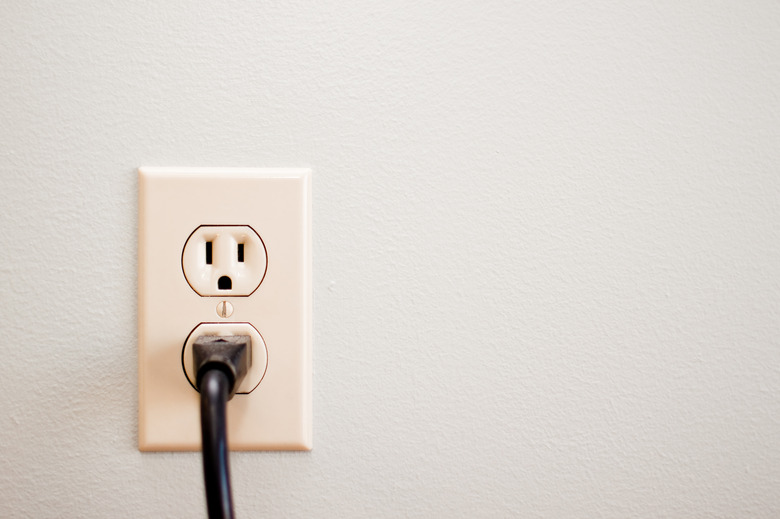How To Fix Low Voltage At An Outlet
Wasted energy, wear and tear on major appliances, and potential fire hazards — all of these can happen if you have a problem with the voltage at an outlet in your home. Luckily, this common electrical issue can be fixed a few ways.
Learn how to identify low voltage at an electrical outlet and how to fix it.
What Is a Voltage Drop?
What Is a Voltage Drop?
Traditionally, voltage drop means an expected or normal dip in an electrical circuit in a home. The natural impedance of the conductor causes this to occur. However, the voltage drop should not be severe (3.5 or fewer volts of drop at the point of use for a 120-volt distribution panel is about as high as you would want to go). Major factors that go into voltage drop include the current draw of the appliance, length and gauge.
What Causes Low Voltage at Outlet?
What Causes Low Voltage at Outlet?
So, what exactly causes low voltage at an outlet? Branch wiring, a switch malfunction, or a high resistance in the house's electrical circuit are one of a few issues that affect wall outlet voltage.
Warning
Poor insulation paired with high amperage and resistance can be a source of fire in the future if the issue of low voltage at an outlet isn't confronted and controlled. If you have a high-draw appliance, it can cause a voltage drop. Don't be alarmed: Highly inductive loads can also cause a minor voltage draw.
How to Fix an Electric Wall Outlet Problem
How to Fix an Electric Wall Outlet Problem
Now that you've identified you have low voltage at an electrical outlet, here's how to fix it:
- First, check the electrical panel to ensure that none of the circuit breakers have flipped to the "off" position. If there are any slightly melted or otherwise warped pieces, this could be where you have a problem.
- Feel the box for excessive heat and sniff the air for the smell of burnt wiring or plastic.
- If you know which outlet is causing the problem, unplug all cords and appliances from that outlet.
- If you aren't sure, check the appliance cord end of all that are plugged in to see if they are melted or otherwise discolored.
- A multimeter can let you know if the range is less than 120, which is the expected voltage in a home's electric wall outlet.
- Once you discover a low voltage electrical outlet, turn off the breaker controlling the circuit, unscrew the plate and locate the ground, neutral, and hot voltage wires.
- Tighten the screws that hold these wires in place. This might fix your issue.
- If any of the wires look corroded, strip them until you see shiny copper and clean the connections.
- If you continue to have issues, check the gauge of the wire to ensure it is the correct size for the voltage. This can happen with older homes that have received electrical upgrades over the years and may not have retrofitted every outlet.
Tip
As always, hire a licensed electrician to do these repairs if you aren't comfortable working with electricity.
